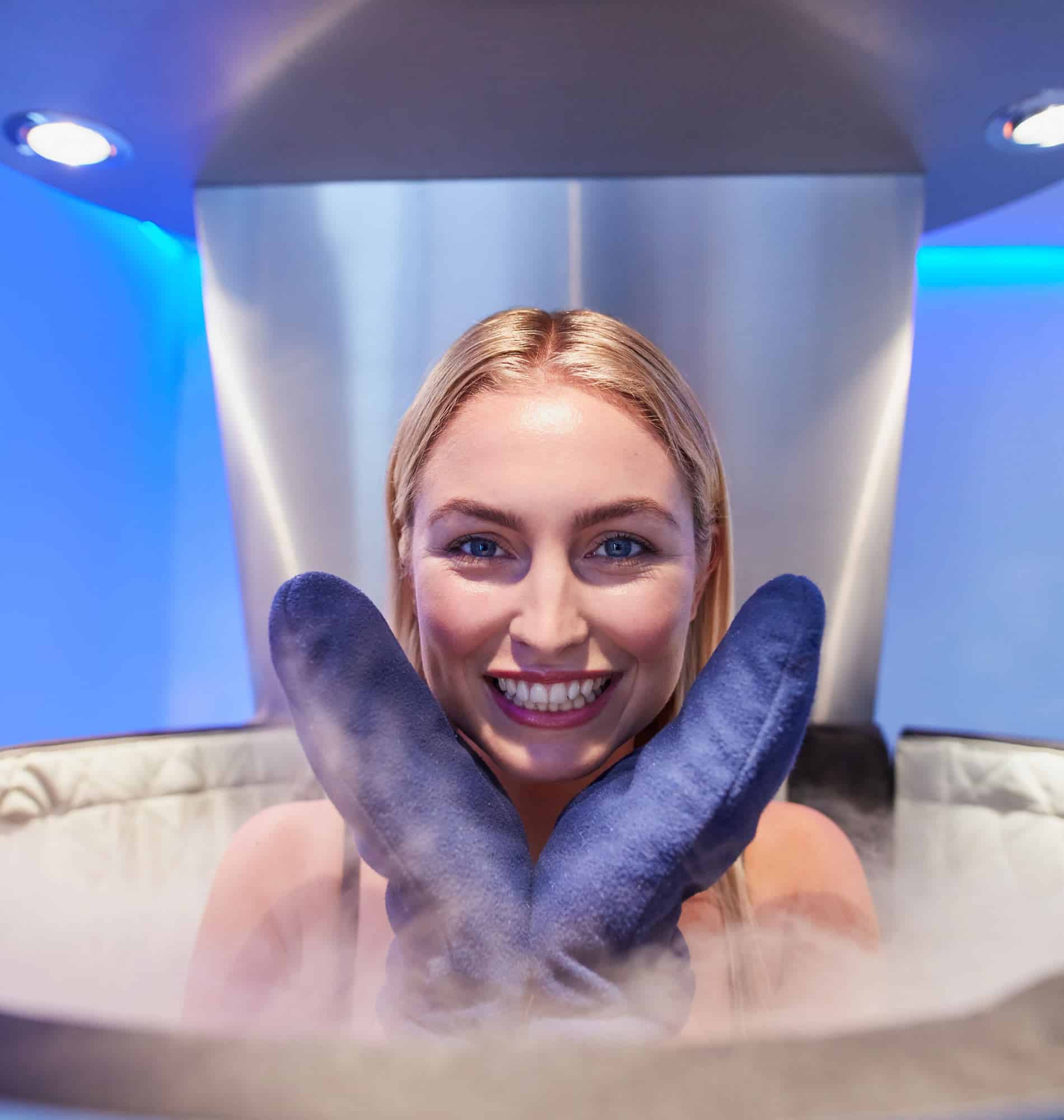 Whole-body cryotherapy (WBC) is a type of therapy that involves exposing the body to extremely cold temperatures for a short period of time, typically around three minutes. The temperature is usually between -110°C and -140°C (-166°F and -220°F), achieved by liquid nitrogen or refrigerated cold air. This treatment is said to have numerous health benefits, from reducing inflammation to improving athletic performance.
Whole-body cryotherapy (WBC) is a type of therapy that involves exposing the body to extremely cold temperatures for a short period of time, typically around three minutes. The temperature is usually between -110°C and -140°C (-166°F and -220°F), achieved by liquid nitrogen or refrigerated cold air. This treatment is said to have numerous health benefits, from reducing inflammation to improving athletic performance.
The history of WBC can be traced back to Japan in the late 1970s, where it was first used to treat rheumatoid arthritis. Since then, it has been adopted by countries around the world, including the United States, as a form of alternative medicine.
How Does Whole Body Cryotherapy Work?
The basic idea behind WBC is that exposing the body to extreme cold causes a variety of physiological changes. These changes can have therapeutic effects on the body such as decreasing pain and inflammation, elevating mood, and improving your immune system. WBC is typically done in a special chamber or room designed for extreme cold temperatures. It is best to have your entire body exposed including your head, face, and neck to achieve all of the amazing benefits cryotherapy can offer.
When you’re exposed to cold temperatures, your body goes into a state of survival mode called your fight or flight response. Blood vessels constrict, shunting blood away from your extremities and toward your core. This helps to protect your vital organs from the cold. As a result, your body releases endorphins and other natural painkillers called anti-inflammatory cytokines which can help to reduce inflammation and pain.
How Does Whole Body Cryotherapy Reduce Inflammation and Pain?
Whole-body cryotherapy (WBC) has been shown to decrease inflammation and pain through several mechanisms. When the body is exposed to extremely cold temperatures, it triggers a response that can have therapeutic effects.
One way that WBC decreases inflammation is by reducing the production of pro-inflammatory cytokines, which are molecules that promote inflammation. At the same time, it also causes the release of anti-inflammatory cytokines as well as cold-shock proteins all of which help combat inflammation. When the body is exposed to cold temperatures, it activates the sympathetic nervous system, which causes blood vessels to constrict and reduces blood flow to the affected area. This, in turn, decreases the production of pro-inflammatory cytokines, reducing inflammation.
Another way that WBC decreases pain is through the release of endorphins and other natural painkillers. When the body is exposed to cold temperatures, it triggers the release of endorphins, which are neurotransmitters that act as natural painkillers. Endorphins can help to reduce pain and improve mood.
WBC has also been shown to decrease oxidative stress, which is a process that occurs when there is an imbalance between antioxidants and free radicals in the body. This imbalance can lead to cellular damage and inflammation. WBC can help to reduce oxidative stress by increasing the production of antioxidants in the body.
Finally, WBC has been shown to decrease swelling by constricting blood vessels and reducing blood flow to the affected area. This can help to reduce swelling and improve mobility.
Overall, WBC has been shown to have numerous health benefits, including reducing inflammation and pain. However, it is important to note that WBC is not suitable for everyone, and it is important to consult with a healthcare professional before trying this type of therapy if you have any health problems or concerns.
If you are interested in trying whole-body cryotherapy, come by Recovery Cryo in Bryan, TX to check it out and see for yourself the benefits cryotherapy can have for you.

